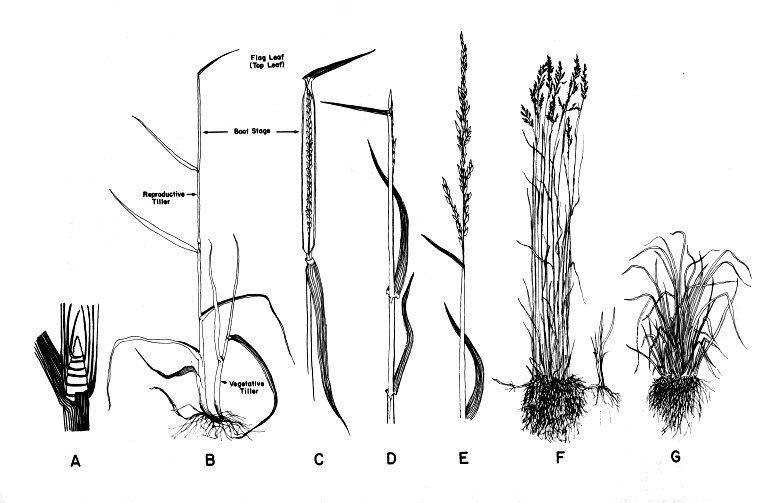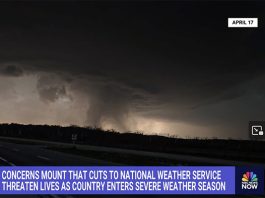

Where are my grasses’ growing points? What is “boot stage” and what happens to growing points that I should know? What happens to my pastures if I don’t graze them until they’ve finished producing seed?
Knowing the answers to these questions will help you understand what your grasses are going through as they work to feed your livestock and will help you make better decisions about when and how long to graze. Thanks to the University of Wyoming Cooperative Extension staff and the Barnyards and Backyards Property Improvement Project for putting together this 3:43 minute video that anyone anywhere can use!




Very interesting. I recall reading a number of sources that recommend that in rotational grazing, animals should graze a paddock before the forages become too mature, ie, enter the reproductive stage, when their nutritional value declines. My personal experience also suggests that sheep will not eat grasses that have entered the reproductive stage and become stemmy. I wonder what I am missing or mis-reading here. Would love some clarification.
On another note: There is a trend where people who have just an acre or two are keeping very small flocks of small ruminants — 2-3 sheep or goats. I would love to see some articles on pasture management and its challenges on these micro-farms, as their needs and constraints are unique.
Thanks for all the great information so far.
Hi Ipek,
Your question is a good one and this is an issue that can be confusing because you hear a variety of recommendations on grazing. The short answer is that it completely depends upon the productive potential of the site that you are grazing. In lower rainfall semi-arid or arid climates, the growth window of the key species is so short that keeping the grasses in “stage 2” is not practical nor desired because they likely won’t have moisture available to regrow. However, in irrigated sites or higher precip areas grazing to keep the grasses from becoming to rank “stage 3” is desired. In this environment there is reason to expect the plants to regrow after grazing and be able to fully recover from the grazing stress. Yes grazing animals tend to prefer to graze plants in stages 1 and 2, and not stage 3. Animals can usually be convinced to graze stage 3 when a better alternative is not available, but you should match this time with a time of low requirement for the animal. I hope this helped clear it up. I’ll leave your other suggestion for Kathy or Rachel
Comments are closed.